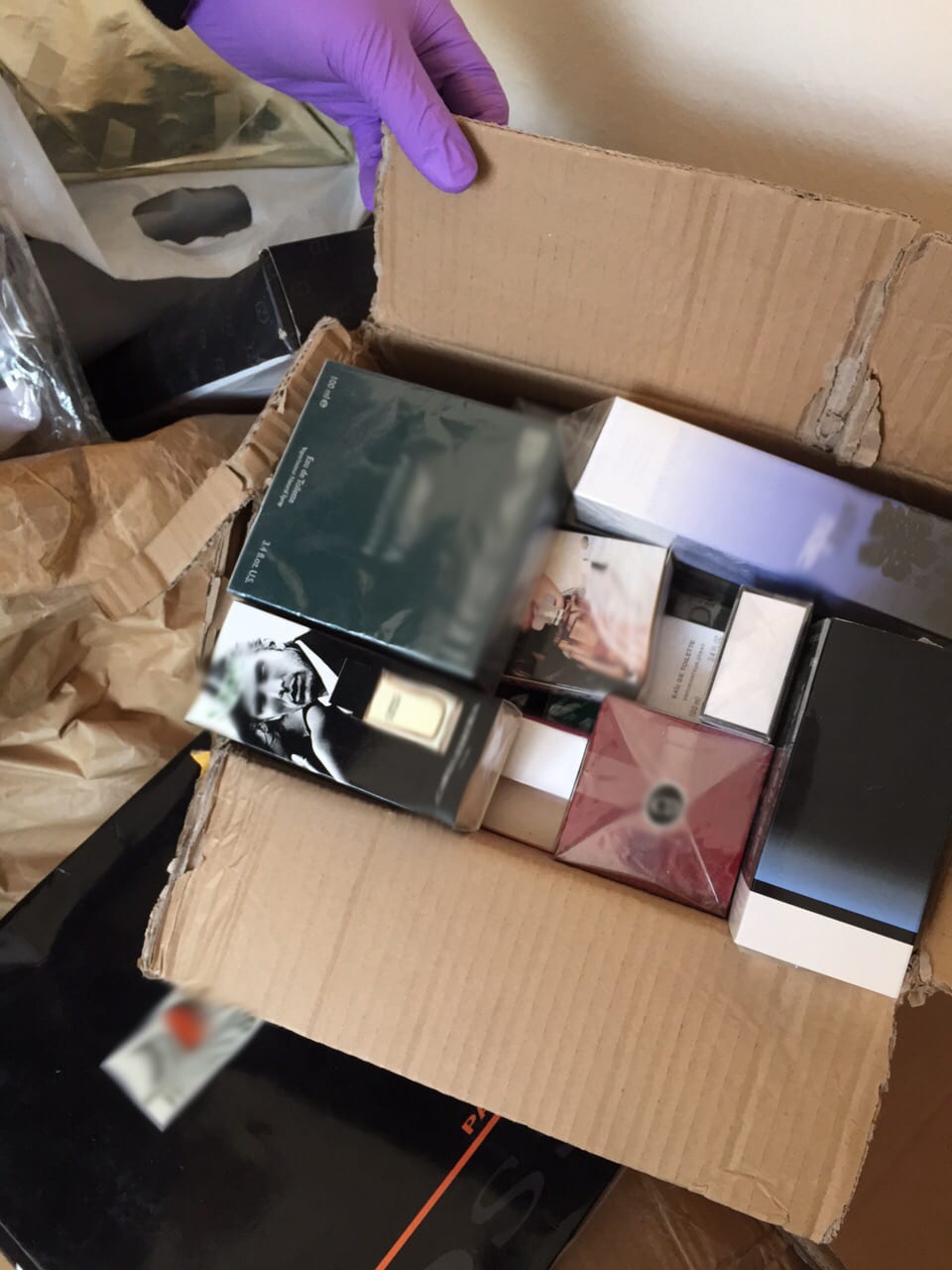
Why fake fashion is no laughing matter for consumers or businesses
Reading Time: 3 minutesFakery is everywhere nowadays, to the extent that it has almost become a badge of pride. “Fake Chanel!” is the smiling, cheery response to an admiring glance at a new handbag – bought in Thailand/Turkey/Oxford Street. The fact that it’s probably not real leather and might come unstitched at some point in the very near future is, for some, immaterial at the point of handing over a mere 20 quid for a this-season accessory.
But a recent news report about the contents of counterfeit cosmetics has highlighted where fakery has dangerous consequences, aside from the issues of copyright infringement. We’re no stranger to unusual ingredients in beauty products, from bee venom and snail slime to sheep placenta (yes, really), but fake beauty products have been found to contain everything from the unpleasant (rat droppings) to potentially life-threatening (cyanide, arsenic). This takes fakery to a whole new level. And it’s definitely nothing to smile about.
Like many businesses, we have had to contend with companies attempting to sell ‘Fashionizer’ products. It’s a tiresome, time-consuming, legal process sorting it out, and it’s definitely not fun. But apart from the obvious issue of stealing our design ideas, there is the question of standards. As with all designer fashion, you know when you are buying a Fashionizer uniform that you are buying a particular level of quality.
But uniforms aren’t dangerous, are they? Well, potentially yes. Take, for example the fabric used. We’ve talked before about school uniforms produced in China that turned out to contain toxic substances. This is why we take great care over the provenance of our materials, as well as the working conditions of the people producing.
So how do you know whether something is bogus? We tend to follow three simple rules:
It sounds obvious, but knowing who you are buying it from is a useful starting point. It’s not always easy when companies (without wanting to point any fingers) trade under several different names, but a quick check at Companies House in the UK (or the equivalent body in your potential client’s or supplier’s trading country) will tell you whether a company is genuinely registered or not.
Use your senses: does it look, feel and smell right? We wouldn’t recommend trying this at home, but a fabric seller recently gave this tip for distinguishing real, 100% linen from its pretend counterparts: take a match to it, and if it bubbles it’s not the real deal. It’s not just a linen test, either: all synthetic fibres will melt, whereas wool, cotton, silk and the like won’t.
But, as Maria Woodall, the Detective Superintendent in charge of investigating the fake cosmetics racket points out, the best clue of all is in the price: “If it seems too good to be true, then it probably is.”
Comments: 0



